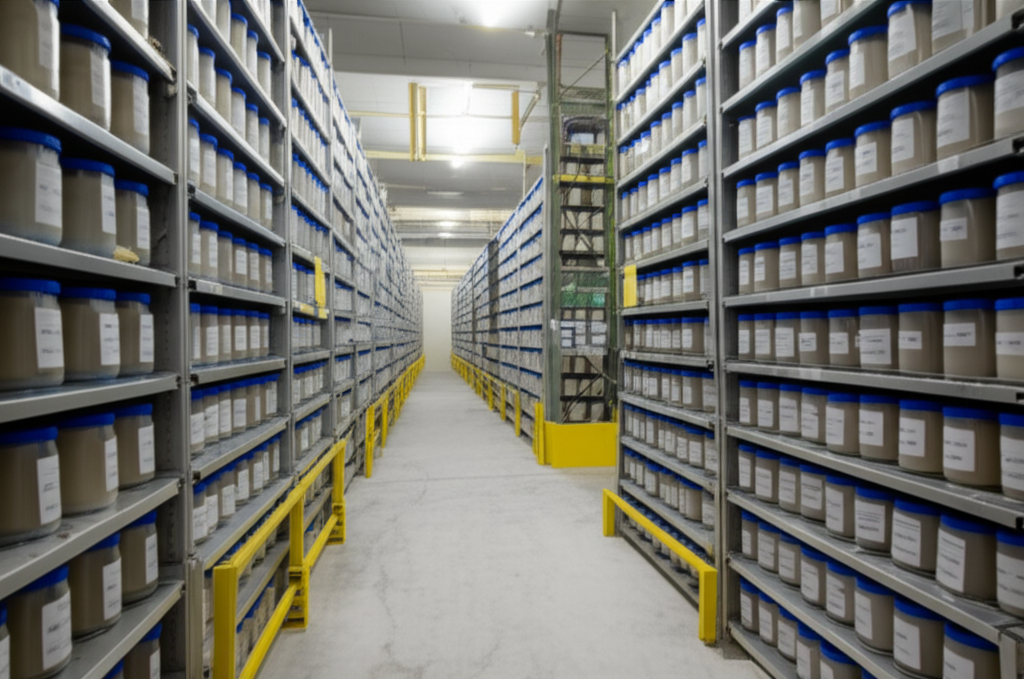2,6-diacetylpyridine (DAP) stands as a vital organic intermediate in modern chemical industries, playing a pivotal role in developing Schiff-based macrocyclic ligands for pharmaceuticals and asymmetric catalytic reactions. As a key precursor in advanced olefin polymerization catalysts, specifically third-generation iron-bispyridylimine complexes that succeed Ziegler-Natta and metallocene catalysts, DAP's demand continues to surge. This compound enables the creation of high-activity catalysts that drive innovations in polymer manufacturing, underscoring its economic and technical significance. However, despite its wide applicability, traditional synthesis routes have long been hindered by operational complexity and high costs, necessitating more efficient alternatives to support sustainable industrial scaling.
Current methods for producing 2,6-diacetylpyridine face significant drawbacks that impede their adoption. The first approach involves a Claisen condensation of 2,6-pyridinedicarboxylate with ethyl acetate under ethanolic sodium conditions, followed by hydrolysis and decarboxylation steps to yield DAP. While this method achieves reasonable yields, it demands labor-intensive pre-treatment of reagents like ethyl acetate and sodium ethoxide, as well as prolonged reaction times, making it unsuitable for rapid, large-scale production. A second alternative employs methyl lithium as a reagent in the presence of copper iodide catalysis with 2,6-pyridinedicarboxylic acid; however, this process requires stringent reaction conditions and expensive methyl lithium compounds, elevating overall expenses and limiting accessibility for manufacturers. These inefficiencies highlight an urgent need for a more streamlined, cost-effective synthesis pathway.
In response, a novel synthesis process for 2,6-diacetylpyridine has been developed, addressing the shortcomings of existing techniques with remarkable efficiency. This inventive method revolves around a straightforward two-step reaction sequence, emphasizing time reduction and operational simplicity while delivering high output. The process begins with the synthesis of an intermediate compound, ethyl 2,6-pyridinedicarboxylate, which serves as the foundation for the subsequent conversion. Crucially, the second step integrates metal sodium as the base reagent and toluene as the solvent, leveraging their synergistic benefits for optimal performance. This breakthrough not only slashes processing time but also enhances yield to an impressive 76.7%, outpacing older methods. Overall, the approach is designed for easy industrial implementation, reducing the reliance on costly or hard-to-handle materials.

The first phase of the synthesis involves preparing ethyl 2,6-pyridinedicarboxylate, a critical precursor that sets the stage for the final DAP production. Here, an esterification reaction is employed, with 2,6-pyridinedicarboxylic acid as the core starting material. Under controlled conditions, this acid undergoes an ethanolic transformation to form the dicarboxylate ester efficiently. The reaction is conducted under mild temperatures and atmospheric pressure, ensuring safety and minimizing energy consumption. This step avoids the necessity for elaborate pre-processing, thus trimming down setup time and costs. The intermediate product is isolated with high purity through simple filtration or crystallization, paving a smooth path for the subsequent stage without complex purification demands.
Advancing to the second step, ethyl 2,6-pyridinedicarboxylate is converted into 2,6-diacetylpyridine using innovative conditions that define this new process. Metal sodium is selected as the key base reagent, combined with toluene as the solvent, which offers a high boiling point critical to the reaction's efficacy. The mixture undergoes reflux heating in toluene, accelerating the conversion while metal sodium acts to scavenge trace impurities like water and ethanol, drastically simplifying the post-reaction handling. Optimization studies reveal that the molar ratio of metal sodium to the ester significantly influences yield, with a peak efficiency at a 5:1 ratio. At this ideal stoichiometry, the yield reaches an outstanding 76.7%, as confirmed by systematic trials varying ratios from 1:1 to 6:1—with ratios deviating below or above showing reduced outputs. This focus on reagent ratio ensures consistent results in large-scale runs.
The distinct advantages of this new synthesis method for DAP are manifold, marking it as a superior industrial solution. Its step count is notably lower than traditional approaches, eliminating unnecessary stages and shortening overall reaction time by up to 50% in practical scenarios, allowing for faster batch cycles. Conditions remain gentle throughout, avoiding extreme pressures or temperatures, which reduces energy inputs and equipment costs. Additionally, post-processing is highly straightforward—metal sodium's dehydrating action minimizes purification efforts, often requiring only standard filtration and drying to isolate the final product. This simplicity, combined with the high yield demonstrated under optimized conditions, makes the process cost-effective. Using widely available reagents like sodium and toluene further cuts expenses versus the pricier methyl lithium route, enhancing its commercial viability.
Looking forward, this efficient synthesis of 2,6-diacetylpyridine holds transformative potential for multiple sectors, including pharmaceuticals development, where DAP-derived catalysts enable asymmetric syntheses of complex drugs, and chemical manufacturing, where it supports next-generation catalysts for sustainable polymer production. By offering a scalable, user-friendly alternative, this method facilitates broader adoption in industries seeking to boost output while minimizing environmental and operational burdens. Research institutions and chemical firms can swiftly integrate this approach into their workflows, driving innovation in catalyst design and material sciences. With its proven efficacy and ease of use, this breakthrough embodies a significant leap toward greener, more productive chemical synthesis globally.
Manufacturing Facilities






Professional Export Experience
to Global Customers

1. 20 years of R&D, manufacturing and sales experience, serving customers in 60 countries and regions around the world;
2. Own R&D laboratory, pilot platform and large-scale production workshop, which can meet the audit requirements of global customers;
3. We can satisfy customers' perfect transition from small scale lab requirements (gram level) to commercialization requirements (hundred tons level).
A: We don't have Minimum Order Quantity, exact quantity should be provided before quotation for us to calculate the exact cost.
A: We don't provide free samples due to lots of request and expensive international courier's cost, we can deduct the sample charge after commercial order placed.
A: Our payment terms: Small or sample order: T/T IN ADVANCE. Commercial order: First order should be by T/T IN ADVANCE or L/C at sight, and following orders T/T 30~90days is acceptable subject to approval of credit application.